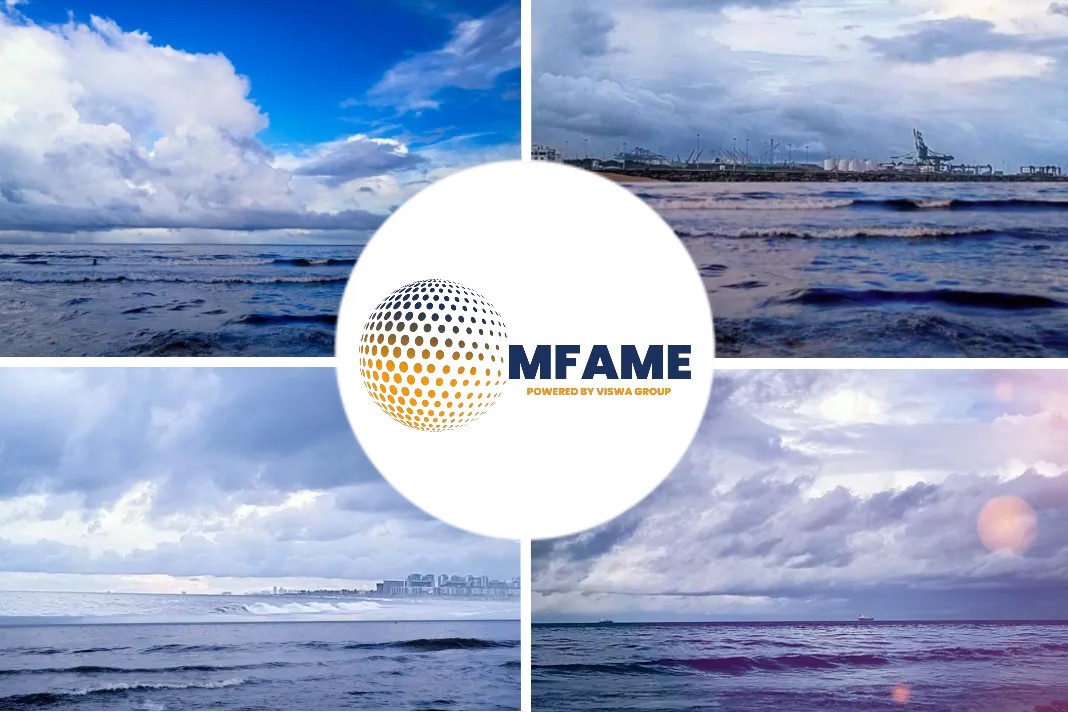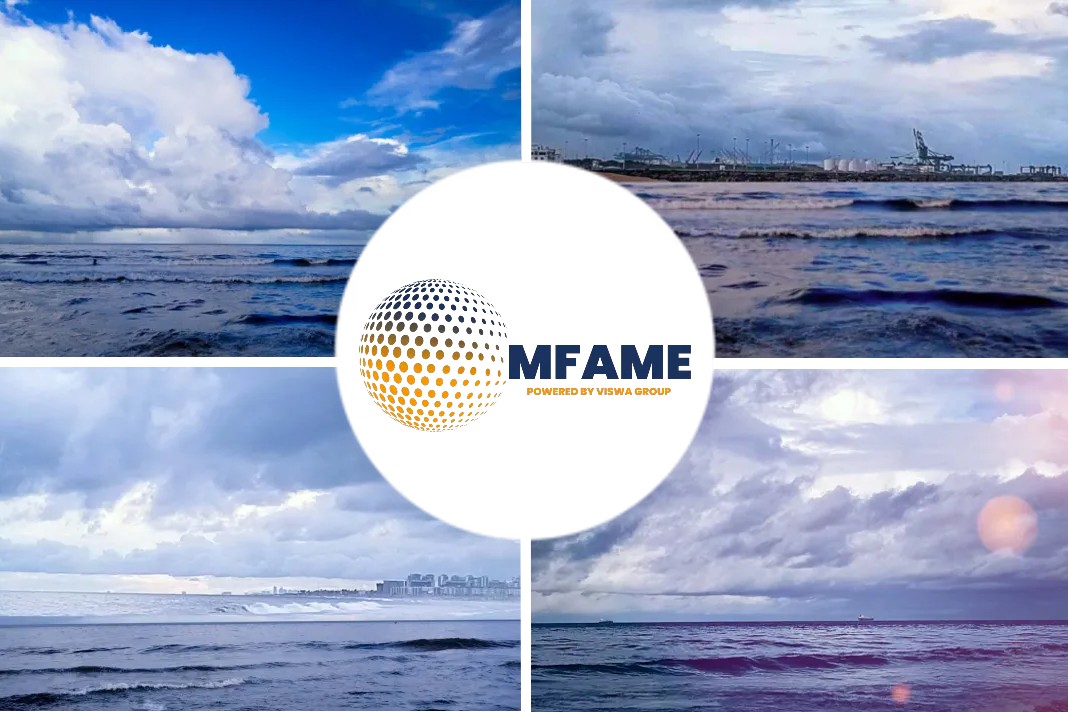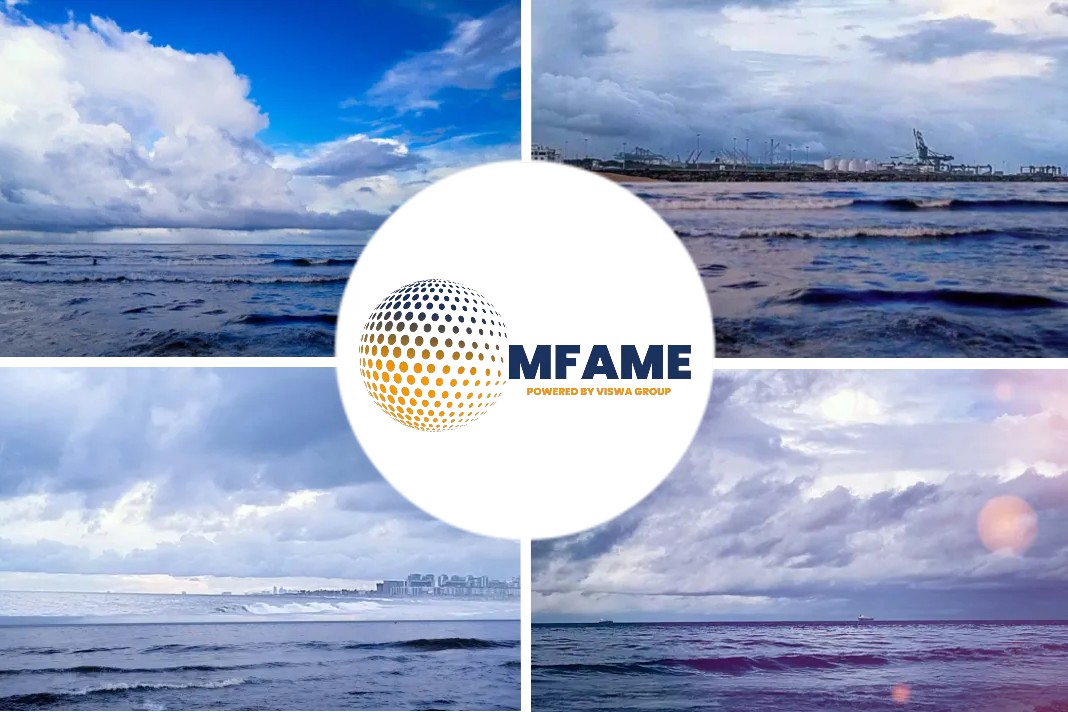
Weather routing
GTT has created an advanced route optimisation solution to assist ship captains in making complex decisions while considering various safety, operational, and compliance constraints. This tool is applicable to different types of vessels and propulsion systems, providing guidance on the best route by optimizing multiple parameters. When combined with GTT’s Digital Platform, it enables collaboration among stakeholders to achieve the organization’s operational and economic goals.
Among the optimisation options, we can highlight the optimisation of:
- Voyage duration
- Voyage distance
- Fuel consumption
- Cost (including fuel, daily cost, canals, and carbon tax…)
- Emissions (taking into account the conversion factor of each fuel)
- Ship motions (Parametric / Asynchronous rolling, surf-riding/broaching-to, successive high-wave attack…)
For LNG carriers, there are specific advanced features:
- Sloshing prediction
- LNG cargo loss prediction (while complying with the discharge terminal constraints)
The algorithm is highly flexible and can be customised with any cost function in order to be optimised.
Furthermore, the algorithm takes into consideration many constraints:
- Ship dimensions for navigational constraints
- Weather limitation (wave height and wind speed)
- Forbidden Power/Speed ranges
- Cargo types (for international and local routes restrictions)
- Specials areas (with maximum or minimum speed, no-go area)
- Traffic Separation Schemes
- Maximum CII (Carbon Intensity Index)
The route optimisation module and overall platform provided by CII offer the necessary features for managing operational implications among stakeholders. With new regulations emphasizing collaboration between ship owners and charterers to monitor and optimize the CII score of vessels, contractual clauses can be activated if the score falls below the agreed limit, requiring operational corrective measures. CII’s route optimisation module, with its predictive capabilities, plays a crucial role in this framework by offering a collaborative platform for all parties involved. Depending on user-selected optimisation criteria, routes can vary significantly.
In the above example, we see three routes corresponding to three different criteria:
- Least fuel in orange
- Shortest distance in purple
- Lowest total cost in blue
In the simulation, various parameters such as daily costs, fuel costs, minimum speed, and maximum speed are considered. The “lowest cost” scenario achieves approximately 10% savings compared to the “shortest distance” scenario. The software utilizes the vessel’s digital twin, incorporating vessel data, parameters, sailing conditions, and environmental factors like weather. By favouring constant power profiles, the algorithm aims to maintain stable power and fuel consumption even in adverse weather conditions, ensuring compliance with commercial constraints while optimizing performance.
The route planning software considers current Traffic Separation Schemes (TSS) to provide realistic and ready-to-use routes for the crew. This reduces the captain’s responsibility of adjusting the route to navigational constraints and enhances confidence in the suggested routes and overall solution. Amending the route for commercial or safety reasons increases the risk of deviating from optimal performance.
Did you subscribe to our newsletter?
It’s free! Click here to subscribe!
Source: Ascenza Marorka























